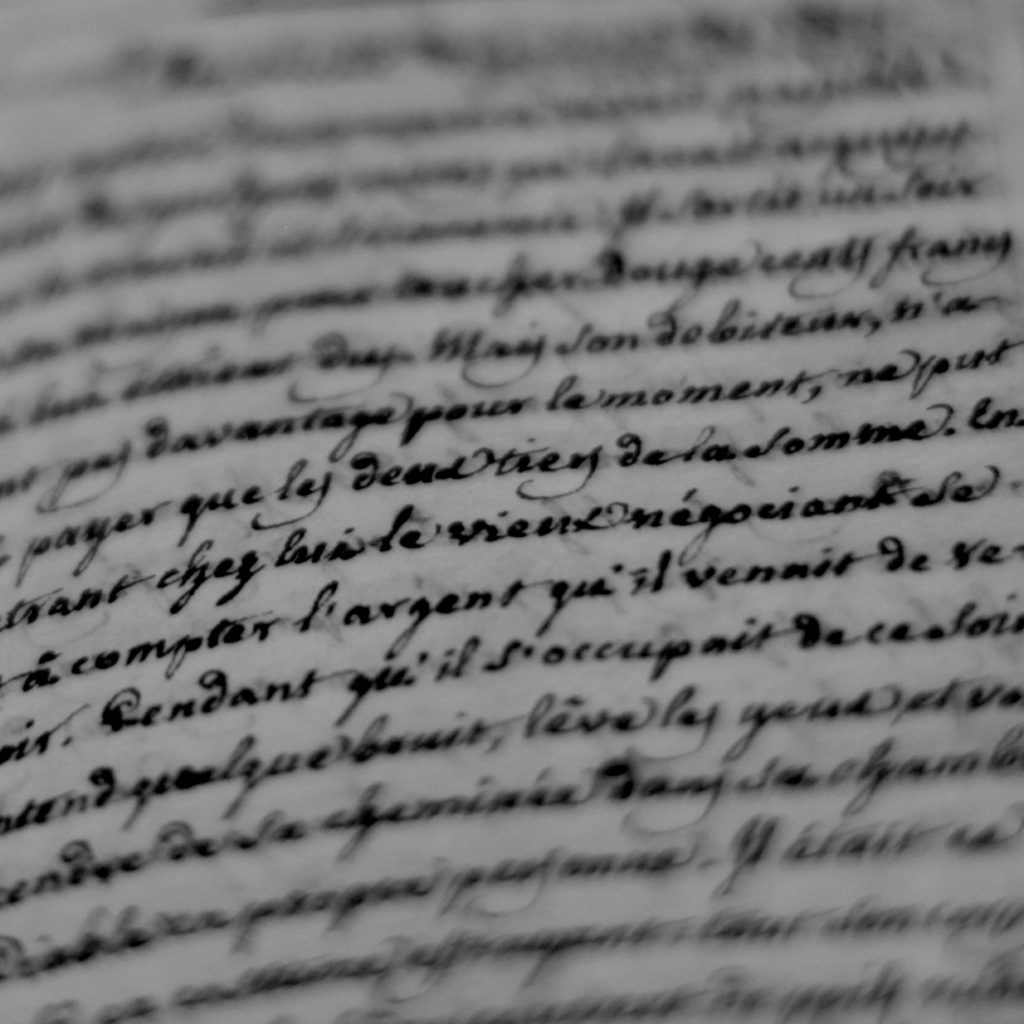A Brief Guide to The Anglican Communion

In this series of articles I am sharing parts of an article written by Trevin Wax on the Gospel Coalition website. In that article he gives a brief introduction to the various branches of the Christian Church. The original article can be accessed here.
The Anglican Communion
Name: The Anglican Communion is the third-largest international Christian family of churches, with congregations in more than 165 countries.
History: As part of the Protestant Reformation, the Church of England separated from the Roman Catholic Church in 1534. The expansion of Anglicanism coincided with the spread of the British Empire in subsequent centuries. The Thirty-Nine Articles (1571) define the Reformational beliefs of the Church of England. Here is a brief essay on Anglican theology.
What Is Church Like: Services are formal, following a liturgical pattern and valuing historic traditions, culminating in the preaching of the Word and the celebration of the Lord’s Supper. The Book of Common Prayer guides Anglican worship services and personal devotion. Some churches include statues and paintings, incense and candles, while others do not.
Polity: Anglicanism resembles Catholicism in organizational structure, with an archbishop presiding over other bishops, who preside over priests and deacons in local congregations. The Archbishop of Canterbury is the senior bishop and symbolic head, as a first among equals.
Distinctives:
- The Book of Common Prayer has been used for centuries and is acknowledged as a tie that binds the Communion together liturgically.
- There are two sacraments (means of grace): baptism and the Eucharist. The other five Catholic sacraments are seen as important religious rites.
- Anglicans believe that Christ is present in the Lord’s Supper but reject the Roman Catholic view of transubstantiation. Some Anglicans believe that a specific change in the elements takes place at the moment of consecration, but official Anglican teaching holds that there is no change to the elements: the presence of Christ is present in the heart of the one who partakes through faith.
- The Protestant canon contains 66 books. Although not recognized as inspired, the intertestamental literature is recommended reading for historical and devotional purposes.
- Bishops and priests can be married, and many provinces in the Anglican Communion ordain women as priests and bishops. Many provinces and dioceses do not.
- Anglicans often adopt a posture of via media (or middle/moderate path), originally due to early Reformers navigating between Lutheranism and Calvinism.
Famous Figures: Thomas Cranmer, Richard Hooker, C. S. Lewis, J. I. Packer, John Stott, N. T. Wright, Fleming Rutledge.
Sub-Groups:
- The Episcopal Church (USA) is a mainline Protestant denomination based in the United States, known in many cases for its theologically and politically liberal positions. It is currently under censure for “a fundamental departure from the faith and teaching” by the rest of the Anglican Communion regarding marriage and sexuality.
- The Anglican Church of North America (ACNA) has developed in response to recent controversies over sexuality within Episcopal churches.
In Christ,
Bret
